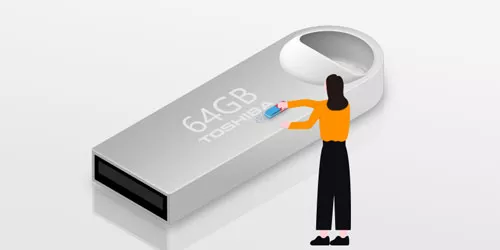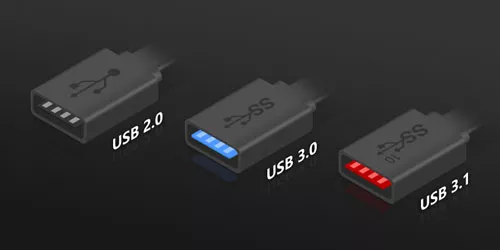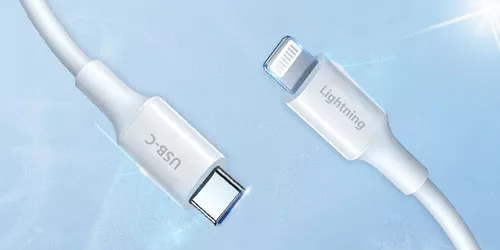Quick Format vs Full Format - Which One Should be Performed on USB Drive

When come up with troubles that some USB flash drives having problems with Windows OS, we may have to format the USB flash drive. However, it's sort of confusing that which format type - quick format or full format - we should perform. What is the difference between quick format or full format? Therefore, this article is going to talk about it. Hope it could help you make your own decision on the issues formatting USB flash drives on Windows 10.
What is the difference between quick format and full format?
Data storage method in USB drive
From the beginning, we should get to know how data is stored on a USB flash drive.
USB flash drive manages data with file allocation table (FAT). When the system stores a file, it will first find the available disk space in the file allocation table, and then write the file to the corresponding disk sector while make a record of the file location in the file allocation table. When this file is deleted, file system merely erases the record of file location in the table and mark the location as "space", instead clear the disk space occupied by the file. The "space" space could be re-written to store new data. Therefore, before disk space is occupied again (the lost data is overwritten), the deleted files remain on the USB flash drive.
Difference between Quick format and Full format
Quick format simply deletes record of files location and files which are deleted could be recovered, which makes quick format much faster and unreal and incomplete. In addition to marks the partition as "formatted", it destroys the journal that keeps tracks of the files and their location on hard drive for new data.
Full format is a complete and real format. Full format on Windows 10 not only erases original data but also write zeros to the whole partition, and finally erase zeros again. That's how it thoroughly clears files from the partition, rebuild the file system, volume label, and cluster size. Furthermore, it scans bad sectors for USB flash drives.
However, because of thorough overwriting and scanning, full format will take a really long while.
Quick format or full format?
Since there are differences between quick format and full format, we do need to get through a process of choosing types of format under different circumstances.
If computer users don't worry about bad sectors, or it's ok to remain data inside, then a quick format is adequate.
If corrupted sectors could be a problem, or files should be deleted permanently, full format is recommended.
| Data Clearance | Time Span | Case | |
| Quick format | Only wipe the record | Short | no worry about bad sector; want files back; got no time to wait |
| Full format | Completely delete data | Long | might stuck in corrupted sector; files need permanent deletion |




















